We use cookies to make your experience better. To comply with the new e-Privacy directive, we need to ask for your consent to set the cookies. Learn more.
Polyphony on Eurorack: Is It For You?
Polyphonic Eurorack modules are modules that are designed to work together to create multiple voices or notes simultaneously. Polyphony is the ability to play more than one note at a time, as opposed to monophony, which only allows one note to be heard at a time.
Whether polyphonic Eurorack modules are just a trend or not is subjective, but they are certainly useful for those who want to create more complex and dynamic sounds. Some reasons to build a polyphonic Eurorack system include being able to play chords, create harmonies, and layer different sounds.
One challenge with polyphony in Eurorack is that it can require more complex patching and routing to make all the voices work together. Additionally, some polyphonic modules can be more expensive than their monophonic counterparts. Another challenge is that some polyphonic modules may be limited in the number of voices they can generate, which can limit the overall polyphony of the system.
Overall, polyphonic Eurorack modules can add a lot of depth and versatility to a Eurorack system and are a useful tool for those who want to create more complex and dynamic sounds. However, they do come with their own set of challenges and considerations.
To build a polyphonic Eurorack modular synth, the following types of modules are typically needed:
1. Oscillator modules: These generate the basic sound waves that make up the synth's voice. Multiple oscillator modules are needed to create a polyphonic synth.
2. Filter modules: These shape and manipulate the sound waves generated by the oscillators.
3. Envelope generator modules: These create the amplitude and pitch modulation that gives the synth its character.
4. LFO (low-frequency oscillator) modules: These generate slow modulation signals that can be used to control various parameters of the synth.
5. MIDI-to-CV converter modules: These convert MIDI signals from a keyboard or computer into control voltage (CV) signals that can be used to control various parameters of the synth.
6. Mixer modules: These combine the signals from different modules, allowing you to create complex sounds.
7. Effects modules: These add various effects to the sound, such as delay, reverb, distortion, and more.
8. Sequencer modules: These generate a sequence of control voltage signals that can be used to control various parameters of the synth.
9. Utility modules: These include modules such as attenuators, inverters, multipliers, and more, which are used to modify and control the signals in the synth.
In closing, polyphony on a Eurorack synth is quite exciting! However, it will require having duplicates of modules or buying special-purpose polyphonic modules. On the other hand, a polyphonic system's flexibility and musical capabilities are outstanding and well worth considering, especially if chords and pad sounds constitute a significant part of your compositions.
